We tend to think of evolution as slow and distant, unfolding quietly over thousands of years.
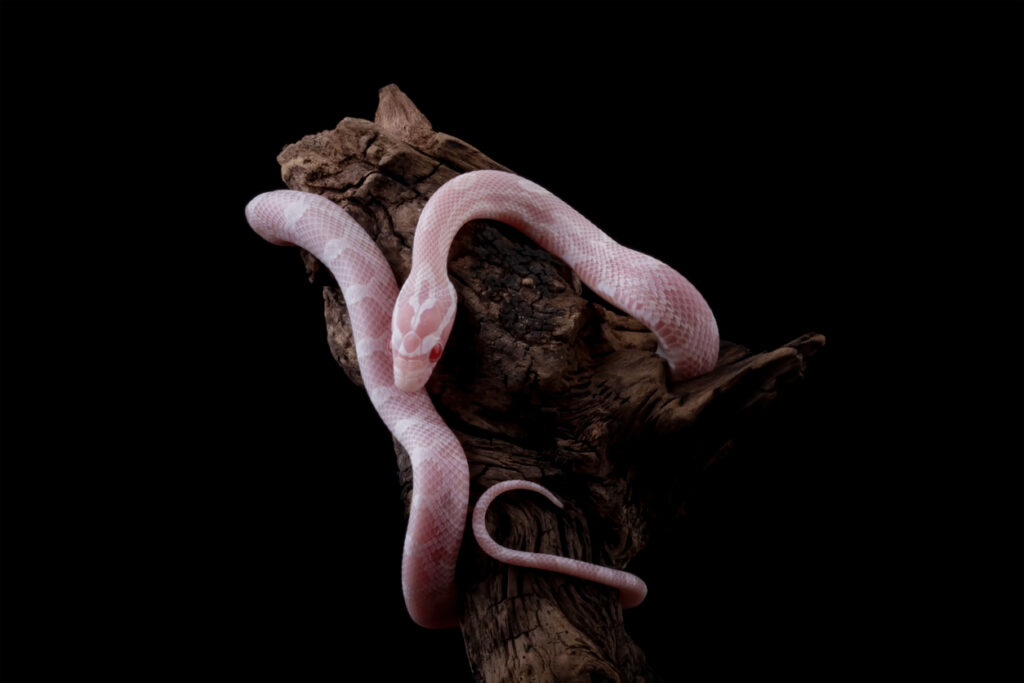
However, in the age of industrialisation, pollution, and urban sprawl, animals are mutating faster—and sometimes in ways no one expected. These bizarre changes aren’t natural—they’re direct responses to human activity, from radiation to streetlights to leftover pharmaceuticals in our water. Here are some of the strangest and often most unsettling examples of how wildlife is mutating in the shadow of our modern world.
1. Radioactive wolves thriving in Chernobyl
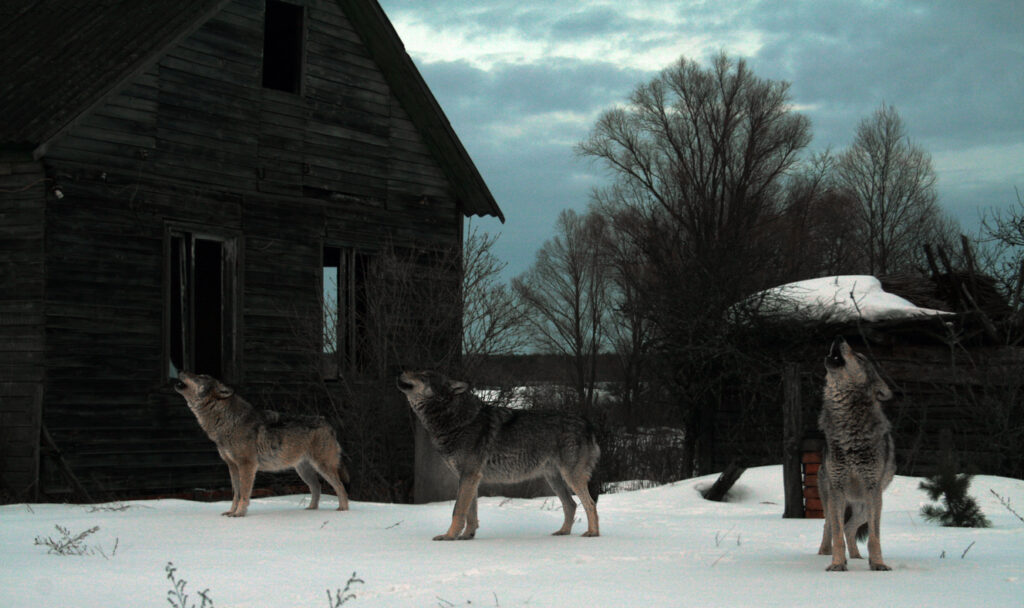
After the Chernobyl disaster in 1986, scientists expected the surrounding ecosystem to become a dead zone. But in the decades since, grey wolves have not only returned, they’ve flourished. Some studies suggest they’ve developed genetic differences that help them cope with prolonged radiation exposure.
While it’s not fully understood how their biology has adapted, these wolves show fewer signs of cancer and have become more resilient in one of the most contaminated places on Earth. It’s a surreal twist: nuclear fallout pushed humans out, and allowed evolution to quietly rewrite the rules for wildlife.
2. Mutant frogs with extra limbs near polluted waterways
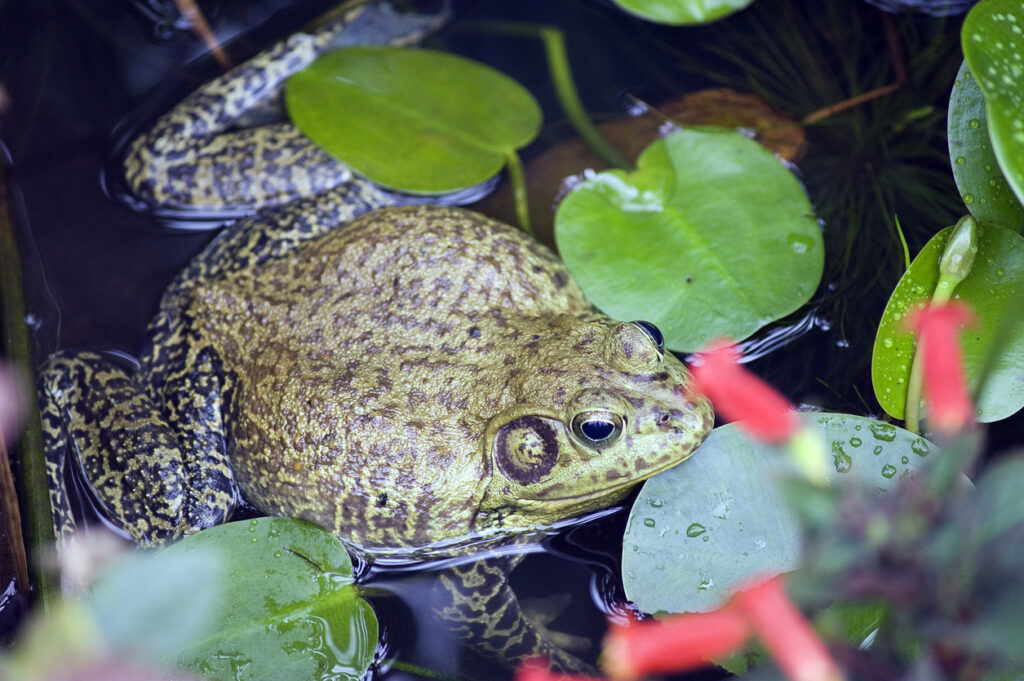
Across parts of North America, particularly in areas with heavy agricultural runoff, frogs have been found with shocking deformities—extra legs, missing eyes, and twisted spines. Many of these mutations are linked to pesticide exposure and parasites that thrive in polluted waters.
What makes this so alarming is that frogs are considered ecological indicators. When they start changing, it’s often a sign that something is seriously wrong with the environment. These deformities aren’t just curiosities, either. They’re warnings that pollution is rewriting nature at the cellular level.
3. Fish developing both male and female organs due to pharmaceutical waste
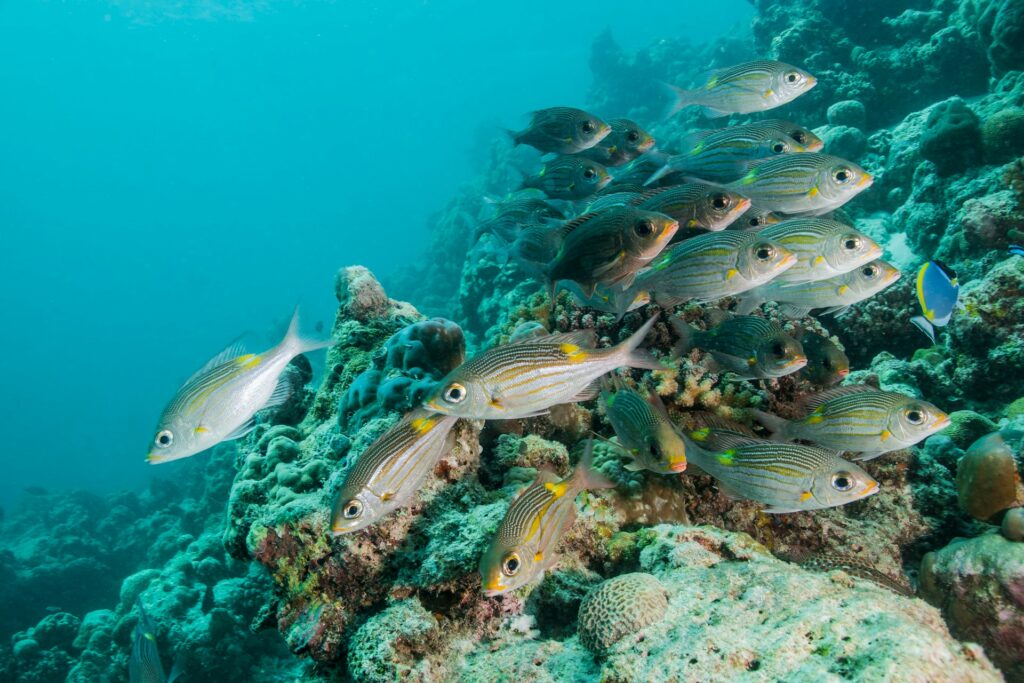
In rivers downstream from wastewater treatment plants, scientists have discovered male fish with female reproductive tissue—a condition known as intersex. This is largely caused by hormone-disrupting chemicals, like birth control and antidepressants, that leak into waterways from human waste.
These changes interfere with reproduction and can throw off entire population dynamics. What’s especially strange is that it’s not evolution in the traditional sense. It’s human medication influencing hormone development in wild species. And it’s happening silently, right beneath the surface.
4. Urban lizards evolving stickier toes
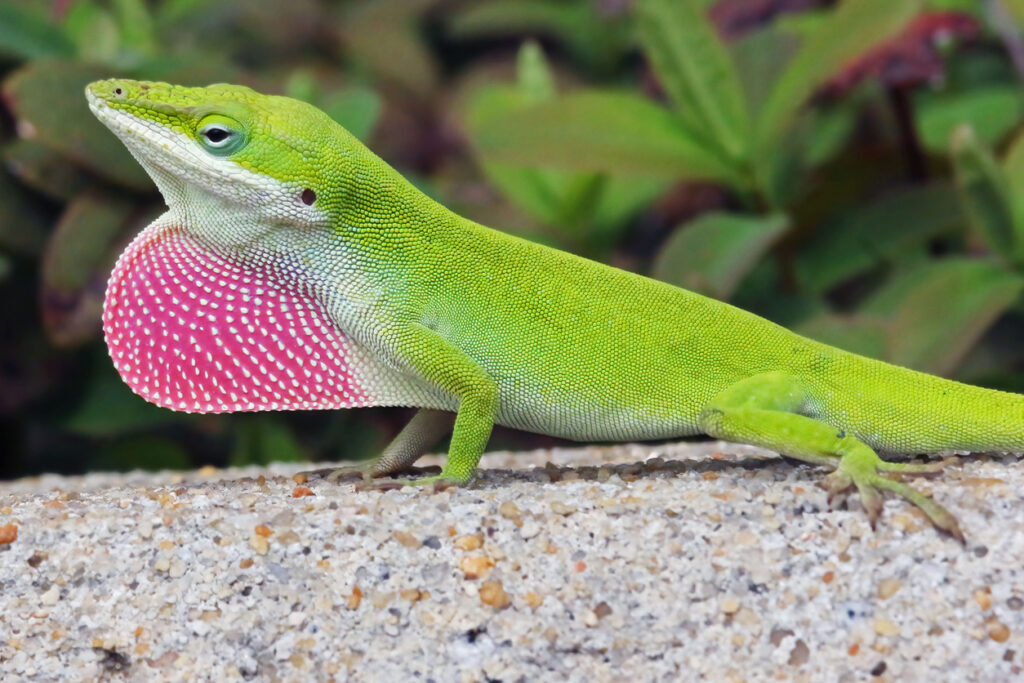
In cities like Miami, anole lizards are adapting to human-built environments at record speed. Recent studies show that urban anoles have evolved larger toe pads with more sticky scales, helping them cling to smooth surfaces like glass and metal.
This rapid change has unfolded over just a few decades, which is lightning fast by evolutionary standards. It’s a perfect example of natural selection reacting to human spaces, turning city streets into mini evolutionary pressure cookers.
5. Shrinking bees due to pesticide exposure

In areas with high pesticide use, particularly neonicotinoids, scientists have documented bees that are smaller and cognitively impaired. These bees often struggle with navigation, memory, and communication—all essential for finding food and returning to the hive.
The long-term effects are deeply concerning. Smaller bees pollinate less effectively, which could have knock-on effects for plants, crops, and ecosystems. Their brains are being altered not over generations, but within a single life cycle by chemicals designed to protect our food.
6. Moths adapting to city lights by losing their colour
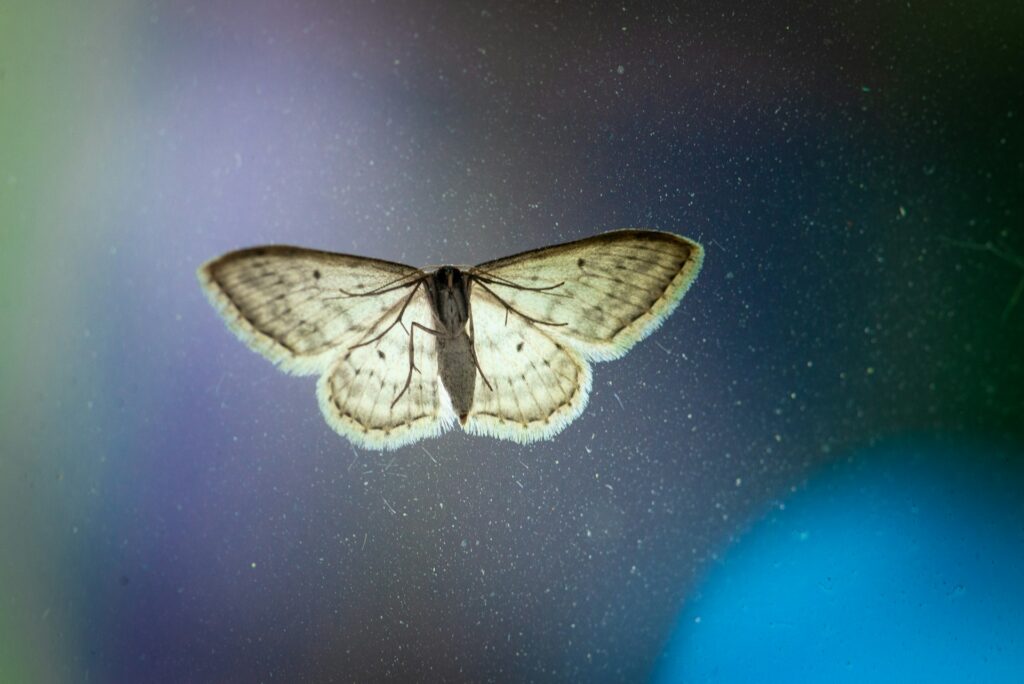
In heavily urbanised areas, some moth species are evolving paler wing patterns. Why? Because bright streetlights make darker moths more visible to predators, while light-coloured individuals are harder to spot. This change isn’t just about camouflage. It’s also affecting mating behaviour and temperature regulation. Human lighting has created a new selection pressure that’s literally changing how animals look and behave at night.
7. Birds with altered songs due to traffic noise

In noisy cities, songbirds like sparrows and robins have changed the pitch and pattern of their calls to be heard over car engines and construction. These new vocal styles are often louder, simpler, and more high-pitched.
It might sound like a quirky adjustment, but bird songs are crucial for territory, mating, and communication. Changing the melody can change social dynamics, and may even lead to divergence in populations over time if rural and urban birds stop understanding each other.
8. Crabs absorbing microplastics into their shells
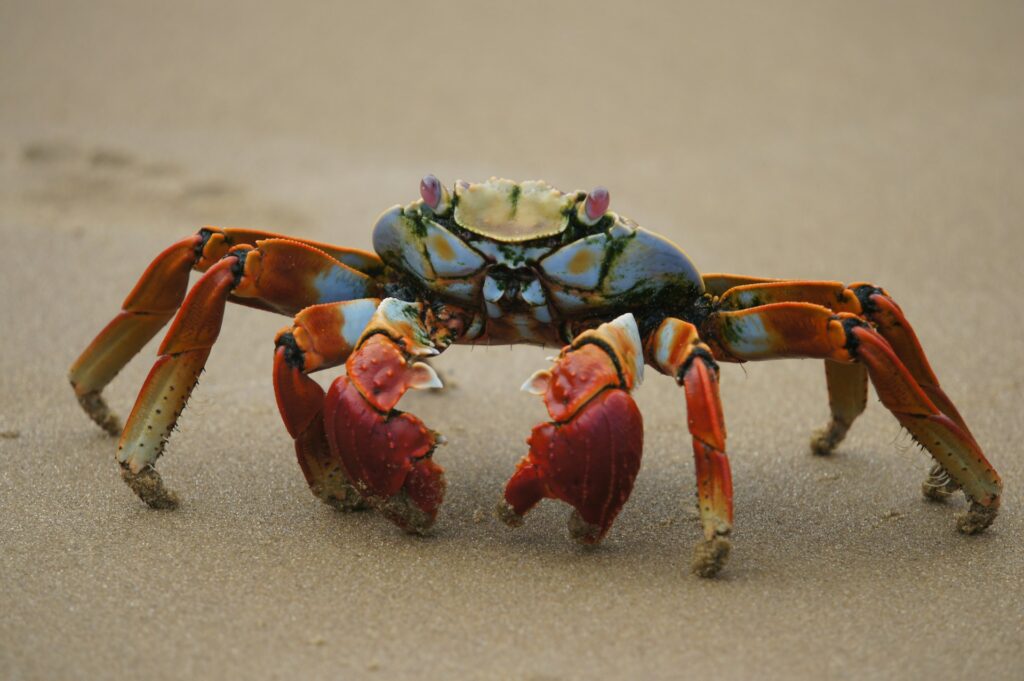
Crabs living in polluted coastal waters have been found with microplastics embedded directly in their exoskeletons. These particles are not just being ingested—they’re being incorporated into the animals’ physical structure. It’s an eerie example of human-made material becoming part of natural biology. As microplastics continue to spread through oceans and food chains, we may start seeing more cases where wildlife bodies literally reflect our waste.
9. Pigeons with pink or green feathers from chemical exposure
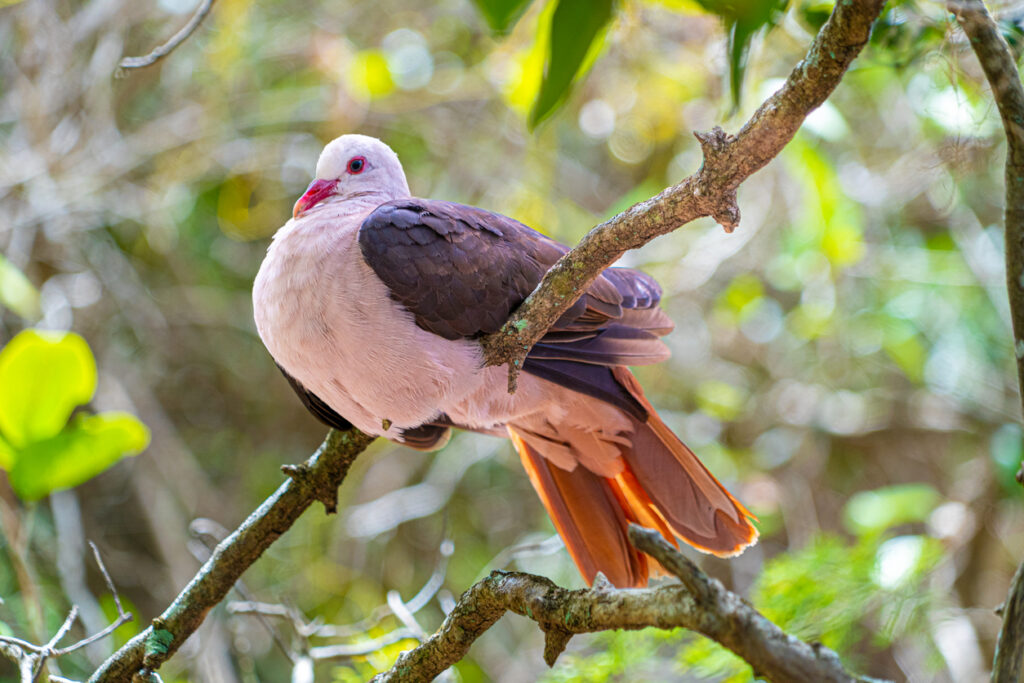
Urban pigeons are famously adaptable, but in some cities, they’ve started showing unusual feather colours—like bright green, purple, or metallic hues—caused by pollutants in the environment, particularly heavy metals and chemical residues.
These aren’t genetic changes, but chemical ones—external pollutants binding to feathers and altering appearance. Still, it’s a visible reminder of how deeply urban life can affect the animals living closest to us, even if we barely notice.
10. Mosquitoes evolving resistance to insecticides, and changing species

In response to decades of insecticide use, certain mosquitoes have evolved resistance not only to the chemicals, but also to the very methods used to control them. Some are now breeding in cleaner water, biting at different times of day, or even changing species entirely.
This kind of adaptive evolution has massive public health implications. It’s not just that they’re surviving chemicals—they’re rewiring their behaviour in response to human intervention, making them harder to track and control.
11. Rodents with tougher livers from eating fast food scraps
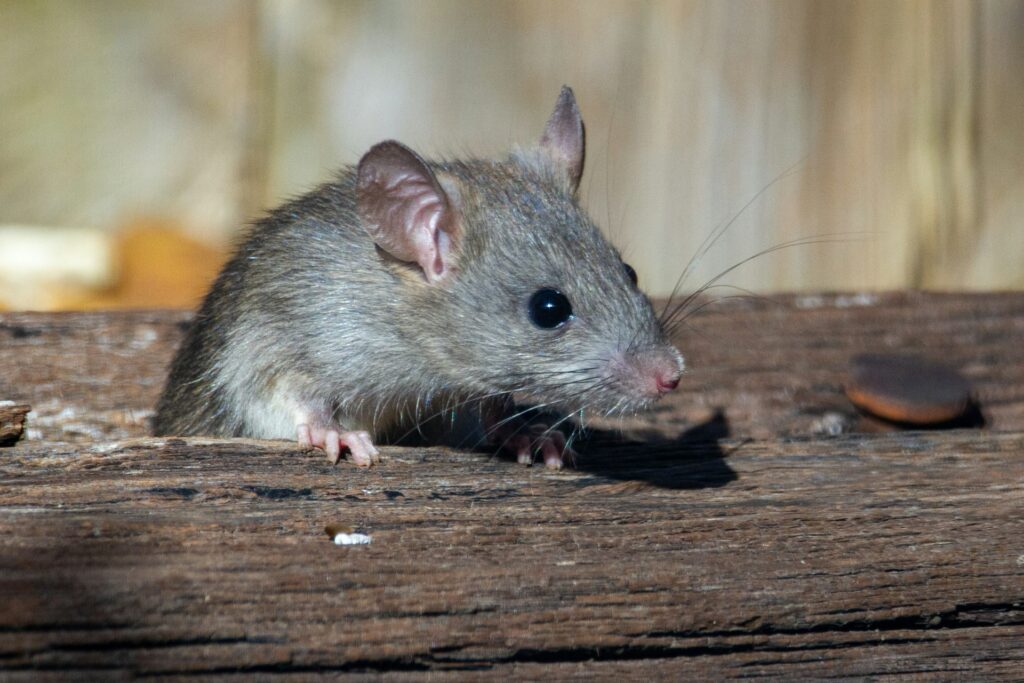
Urban rats and mice have been found with significant changes in liver enzymes, which was likely an adaptation to a diet rich in processed food, fat, and artificial ingredients scavenged from human waste.
These animals are metabolising junk food in ways their rural counterparts can’t. It’s a strange twist of evolution: our discarded fries and sugar-laden snacks are shaping the biology of the animals who clean up after us. They’re not just surviving. They’re evolving to thrive on our leftovers.